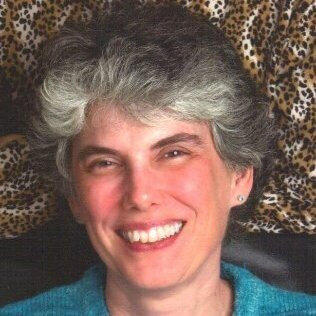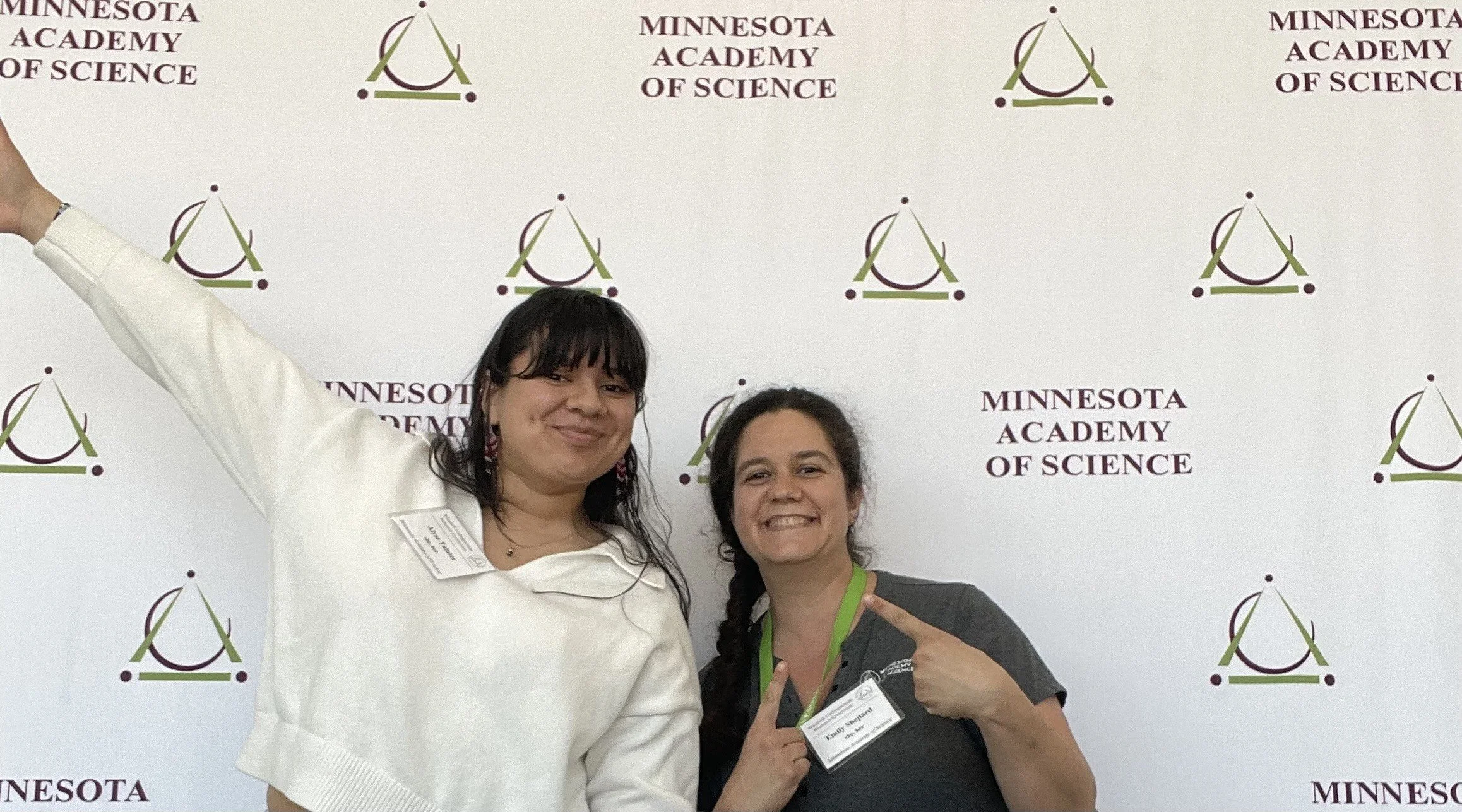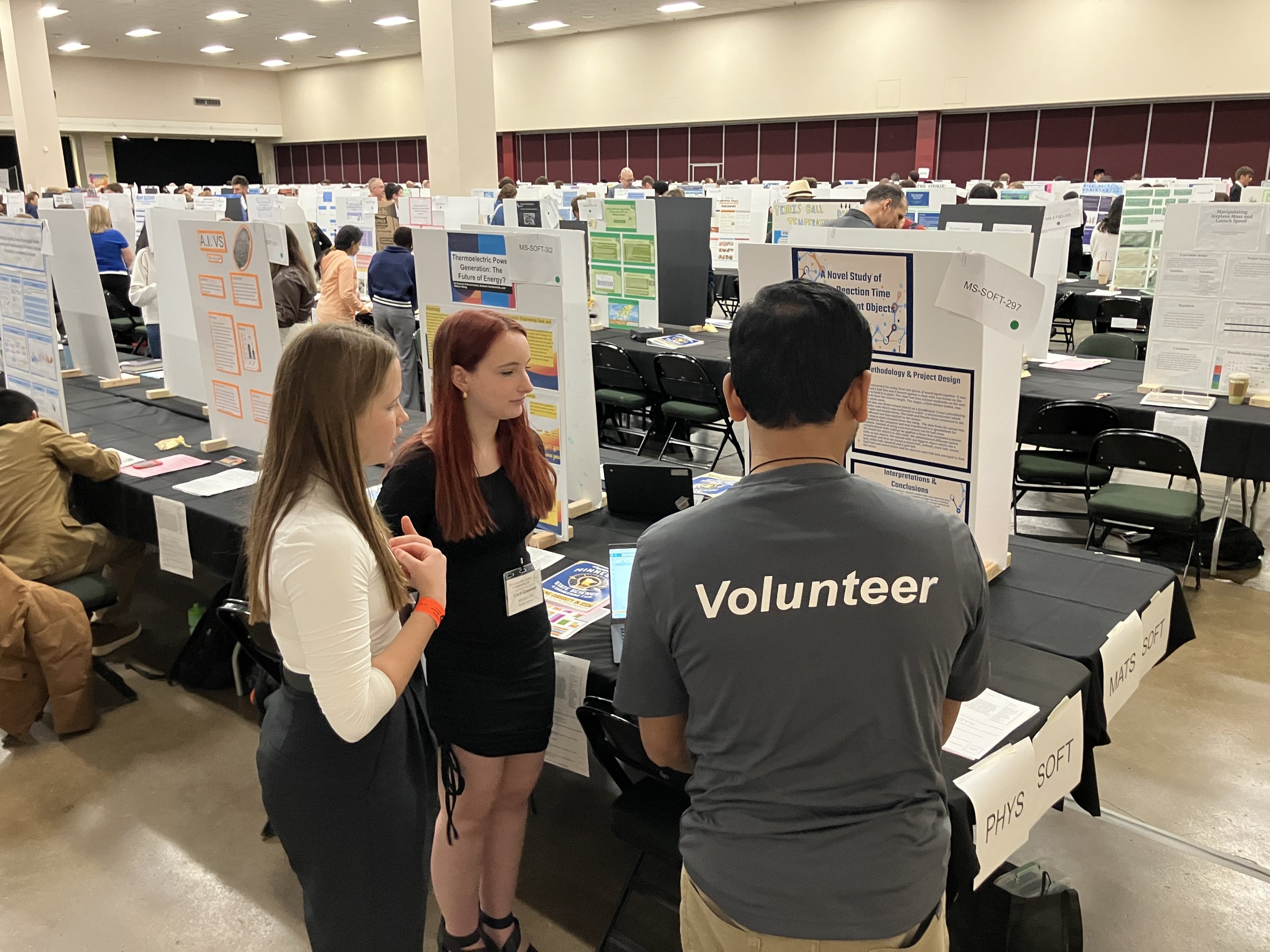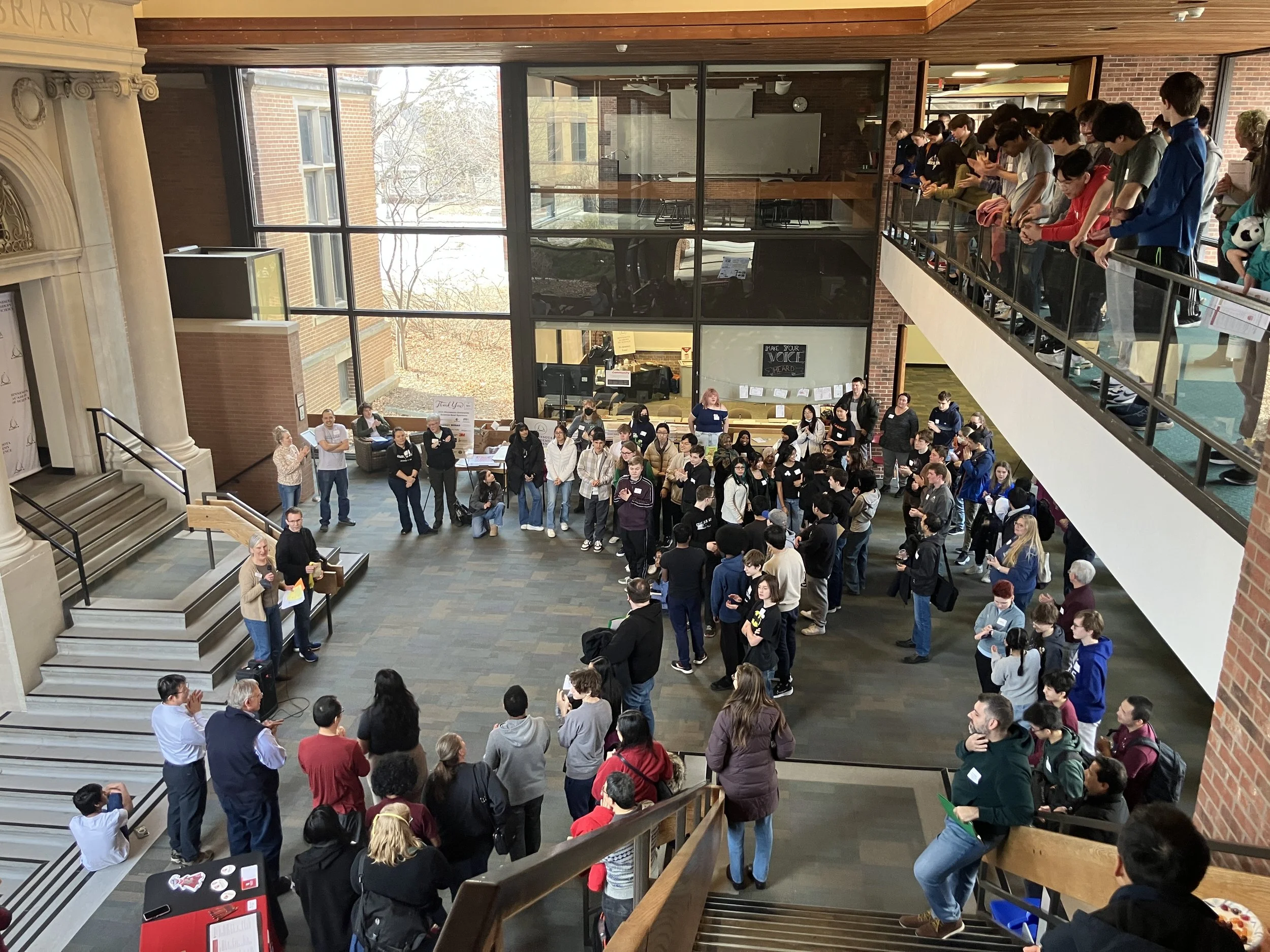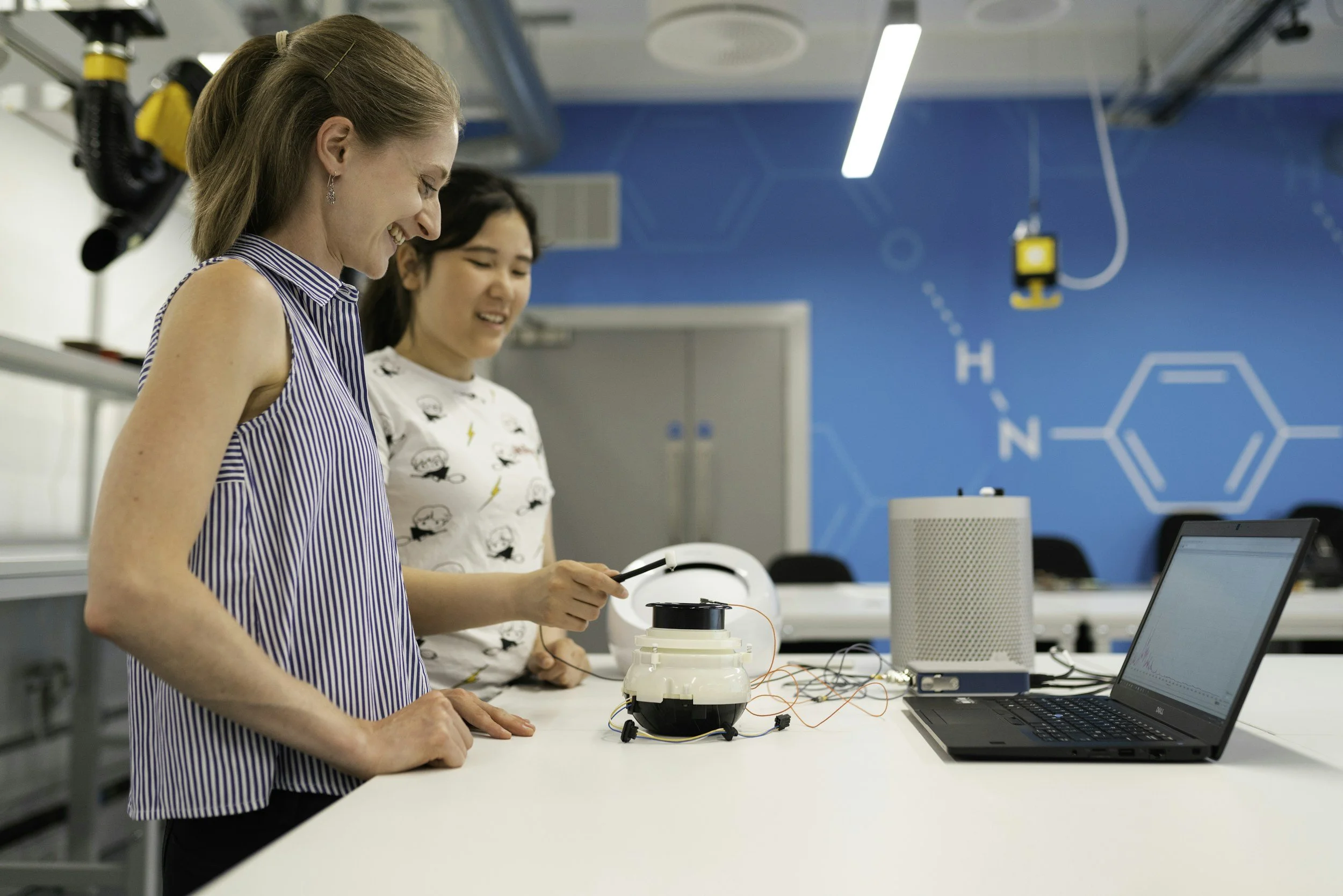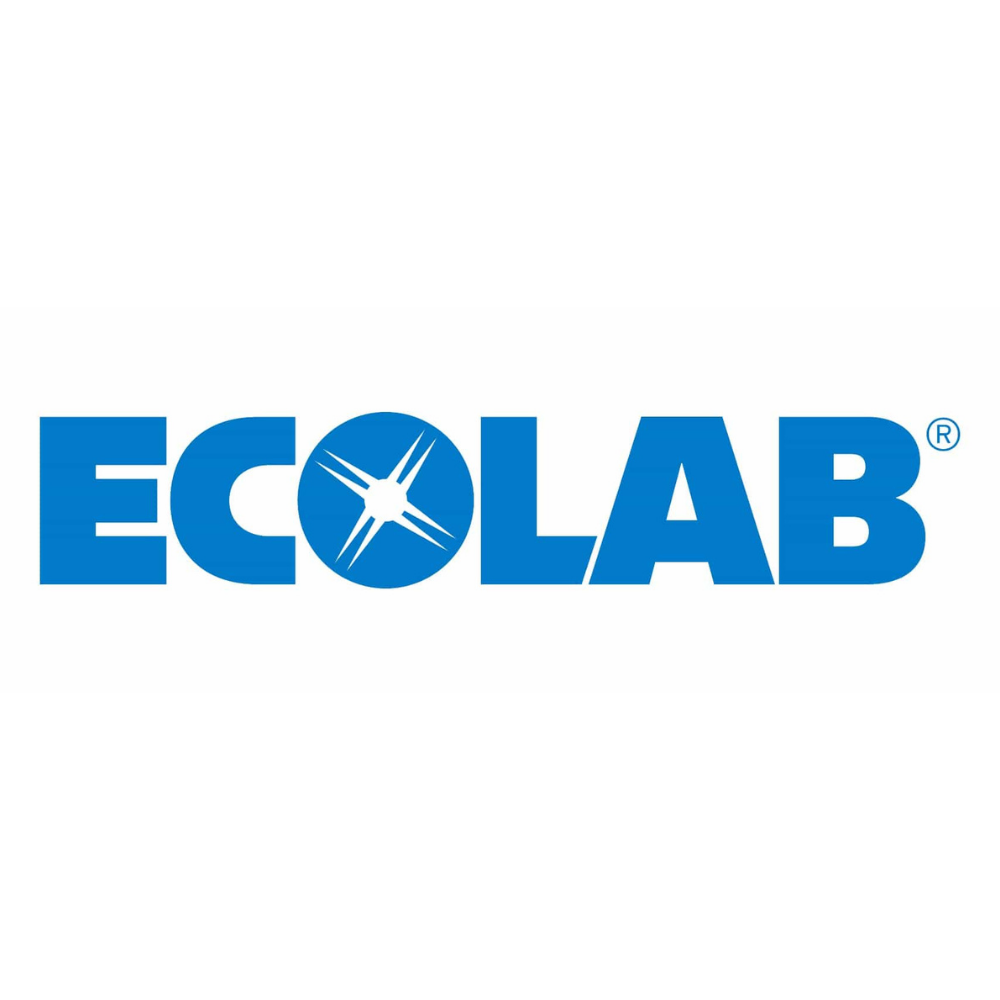FORMER PRESIDENTS
Michael H. Baker, President in 1972, was a chemical engineer by training and an industrial chemist by profession. The business that he established in Minneapolis in 1952, ChemServ is a distributor of chemical raw materials and additives, working with regional manufacturers in the food, cosmetics, adhesives, coatings, and paper industries, and with suppliers from across the globe. Mr. Baker was active in a variety of trade, professional, educational, and social service organizations, and took special pride in his extensive involvement with the Minnesota Academy of Science.
Edward J. Baldes
Edward J. Baldes, President in 1956, was the head of the Biophysics Department at the Mayo Clinic. Dr. Baldes performed the first electroencephalogram (EEG) study at the Mayo Clinic. EEG studies test electrical activity in the brain and are used as diagnostic tests for epilepsy and other brain disorders. In addition to this EEG studies, Dr. Baldes helped develop compounds used in diagnosis and therapy of lung cancer, researched blood flow, osmotic pressure, and worked on space medicine research.
Jay W. Buchta
Jay W. Buchta, President in 1940, was the executive secretary of the American Association of Physics Teachers. As the chair of the Physics Department at the University of Minnesota, Buchta was responsible for bringing Frank Oppenheimer to Minnesota and was in correspondence with Richard Feynman and other renowned physicists as the editor of The Physics Teacher. Dr. Buchta received the Oersted Medal in 1958 for his contributions to the teaching of physics.
Hiram E. Essex
Hiram E. Essex, President in 1949, was also the 27th President of the American Physiological Society (APS). Dr. Essex was the head of physiology at the Institute of Experimental Medicine and co-chair of the Section on Physiology at the Mayo Foundation. As the chair of the APS Committee on Animal Care and Experimentation, Dr. Essex revised and extended the guiding principles for animal care and cruelty in experiments which were adopted nationally. Dr. Essex’s physiological research dealt primarily with cardiovascular function and regional blood flow.
William Heidcamp
William Heidcamp received his Ph.D. from the University of Pittsburgh in 1971. He completed post-doctoral research at the Institut du Cancer de Montreal from 1971-1973. He is an Emeritus Professor at Gustavus Adolphus College, having also served as Dean of the College of Arts and Sciences at American University of Sharjah and as VP of Academic Affairs at the American University of Phnom Penh.
Thomas B. Magath
Thomas B. Magath, President in 1934, worked in the Division of Experimental Surgery and Pathology at the Mayo Clinic and published numerous papers on parasites. In 1918, Dr. Magath published a study in the Journal of Biological Chemistry on protections employed by parasites against digestive enzymes of their hosts. He discovered and named Camallanus americanus, a parasitic nematode found in five species of turtles, which he described in the 1919 Transactions of the American Microscopical Society. His later research focused on the physiology of the liver and effects of intravenous injections of glucose.
Curtis D. Motchenbacher
Curtis D. Motchenbacher, President in 1970, worked in the Defense Technical Information Center at Honeywell. Motchenbacher developed a small, lightweight meteorogical sonde to measure index of refraction, temperature, humidity, pressure, and windspeed. His initial field tests demonstrated good operation and good agreement with radar measurements. The Mini-Refractionsonde System was developed under a contract from the Naval Air Development Center.
Judith Parker
Judith Parker, President from 1994-1996, is a physicist who has worked at 3M and the College of St. Catherine and is currently an Adjunct Lecturer in the Physics Department of Muhlenberg College in Pennsylvania. She has been elected a Fellow of the American Association for the Advancement of Science, is a member of Sigma Pi Sigma (Physics Honor Society), has been awarded the National Association of Academies of Science Distinguished Service Award, the 3M Technical Circle of Excellence Award, and the American Association of Physics Teachers Innovative Teaching Award. Her professional interests include: the effective use of technology in teaching, the encouragement of women in science, and the engagement of the public in science.
Lee I. Smith
Lee I. Smith, President in 1945, was a pioneering researcher in the field of organic chemistry. Dr. Smith helped to develop the Division of Organic Chemistry at the University of Minnesota during his forty years at the institution. Dr. Smith served on the Board of Editors for the Journal of Organic Chemistry, the Journal of the American Chemical Society, and Organic Synthesis. His crowning research achievement was the synthesis of Vitamin E, which led to his election as a member of the National Academy of Sciences. His other primary areas of research were tocopherols, the Jacobsen rearrangement, and cyclopropanes.
Stirling P. Stackhouse
Stirling P. Stackhouse, President in 1975, worked at Honeywell and at the Center for Transportation Studies at the University of Minnesota. Dr. Stackhouse’s research focused on human factors and traffic safety. He conducted focus groups to determine effective ways to reduce speeds in work zones and researched psychophysiological stress and highway safety. His research on driver multitasking helped establish guidelines for message format suitability on devices such as cell phones and pagers.
Frank R. Verbrugge
Frank R. Verbrugge, President in 1958, was the Interim Dean of the College of Science & Engineering at the University of Minnesota. As the Director of University Computer Services, Verbrugge helped to develop the University of Minnesota computer labs and purchased the first Class VI supercomputer at a United States university. The Minnesota Educational Computing Consortium was based on Dr. Verbrugge’s establishment of state-wide higher education time-sharing and advocacy for interactive computers and microcomputers in instructional labs.
Thomas B. Walker
Thomas B. Walker, President in 1903 and from 1906-1911, was a business man and advocate for forest conservation who was one of the ten wealthiest men in the world in 1923. Walker began his career in the railroad industry but later learned about forestry and began to purchase vast tracts of pine land in northern Minnesota. Walker used his fortune to promote literacy and appreciation of the fine arts. He was responsible for building the Minneapolis Public Library system and founded the Walker Art Center.
Arthur N. Wilcox
Arthur N. Wilcox, President in 1950, was a driving force behind the founding of the Cedar Creek Ecosystem Science Reserve. As the Chair of the Committee for Preservation of Natural Conditions, Wilcox raised enough funds to purchase large tracts of land in the Cedar Creek Bog and later oversaw transferring care of the land to the University of Minnesota. The Cedar Creek Ecosystem Science Reserve is a research site in central Minnesota dedicated to research on ecology and the influences of human activity on natural systems. The site is currently owned and operated by the University of Minnesota in cooperation with the Minnesota Academy of Science.
Newton H. Winchell
Newton H. Winchell, President in 1879, 1881, 1897, and 1898, was the first director and state geologist of the Geological and Natural History Survey of Minnesota. In 1877, Winchell published the first study estimating the approximate start of the second glacial epoch; his study was based on the recession of the St. Anthony Falls. Winchell accompanied General Custer to South Dakota and created the first geological map of the Black Hills. As part of his geological studies of northern Minnesota, Winchell uncovered the Mesabi and Vermilion iron ore ranges which stimulated the mining industry on the Iron Range. In addition to his scientific research, Winchell established and edited the American Geologist and later became the head of the Department of Archaeology at the Minnesota Historical Society.
Wayne Wolsey
Wayne C. Wolsey received his Bachelor of Science in Chemistry “with High Honors” from Michigan State University and his Ph.D. in Inorganic Chemistry from the University of Kansas. After spending three years as an industrial chemist, he joined the Macalester College faculty in 1965 where he advanced to the rank of full Professor in 1980. Dr. Wolsey is an icon of chemical education on the local, national and international levels. Among his many publications is the universal college text Chemical Principles in the Laboratory, originally published in 1969 and currently in it’s ninth edition, still in use around the world, over 40 years after its first publication.
In addition to serving as the President of the Academy, Dr. Wolsey served as an Annual Meeting Chair and a Science Fair Judge at Regional, State and International Science Fairs. He received numerous awards, including the Minnesota Academy of Science Lifetime Achievement Award in 2011, the Award for Distinguished Service from the Minnesota Academy of Science, the Minnesota College Science Teacher of the Year award, the Macalester College Thomas Jefferson award, and he has been designated as a MegaMole contributor to Minnesota Chemistry Education. In addition he has been honored with the Robert E. Sloan Award for his support of academic freedom and the Robert Brasted Award for Outstanding Contributions to Undergraduate Teaching. Most recently, the Minnesota Section of the American Chemical Society awarded him with the 2010 Senior Chemists Award for outstanding service to science and society.
Stephanie D. Yancey
Dr. Yancey was born in Chicago, Illinois. She earned a B.A. in Biochemistry and Molecular Biology from Northwestern University. After obtaining her Ph.D. in Microbiology at Penn State, she held a Postdoctoral Fellowship at the University of Georgia in microbial genetics. In 1993, she began working for Beckman Coulter in California as a Development Scientist. In 1996, she advanced to the role of Staff Scientist. She has worked on numerous research projects in microbiology and molecular biology. After transferring to Minnesota in 2009, she became involved in various projects specifically related to the development of new immunoassays and clinical laboratory instrumentation.
Dr. Yancey joined the MAS Board of Directors in 2012 and subsequently served two terms as the President of the Academy, from 2016-2017 and from 2019-2021. Her guidance and support was especially vital during the challenging process of shifting MAS programs from in-person to virtual during the COVID-19 pandemic.

